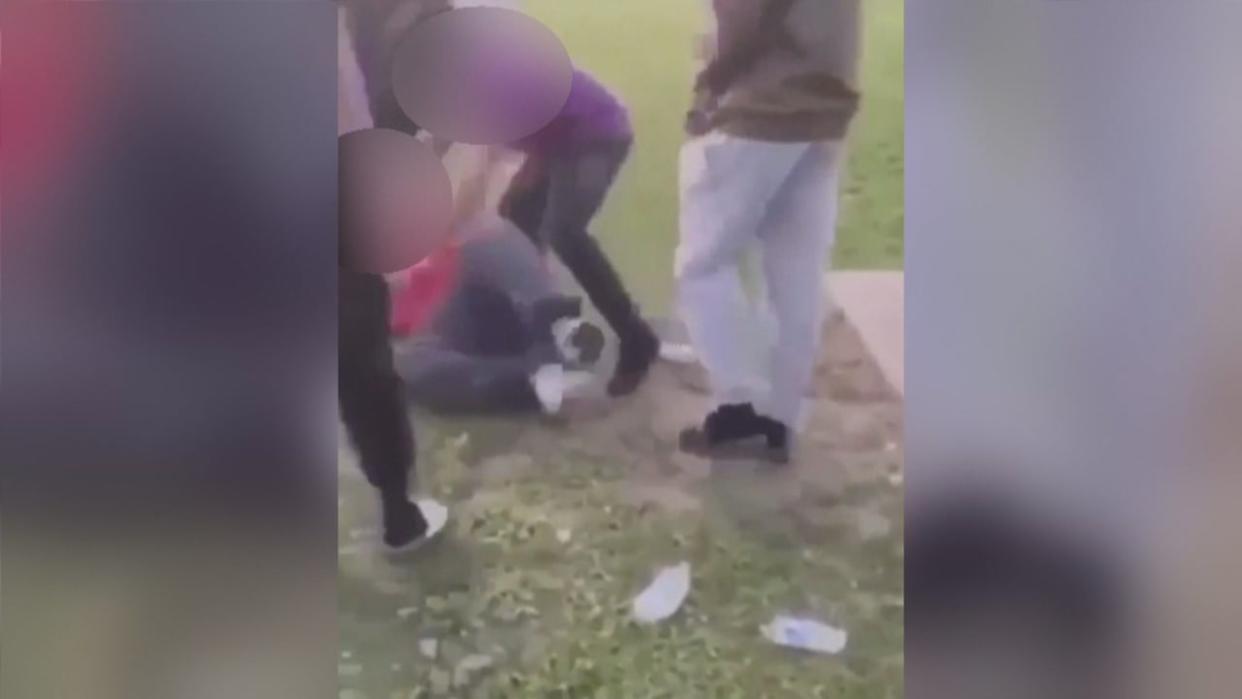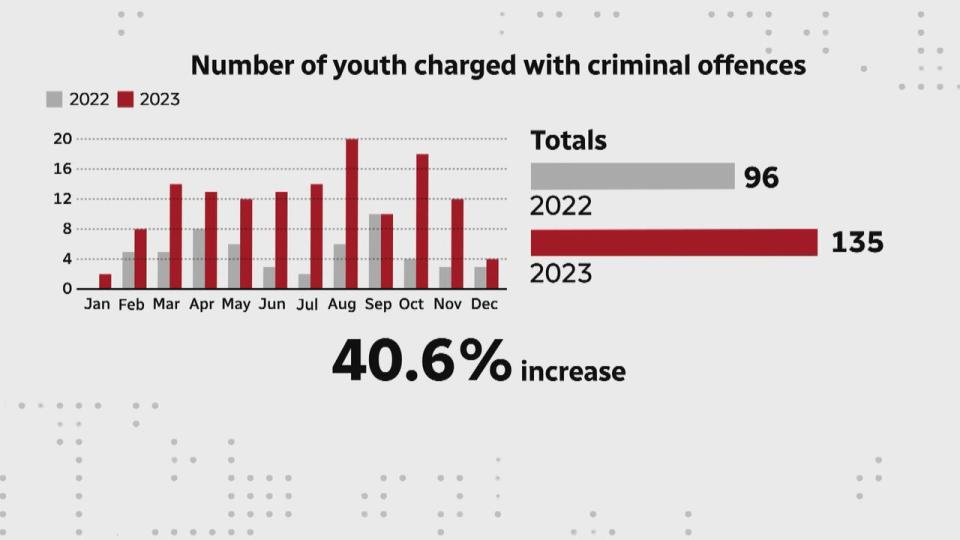Youth violent crime is escalating. Those working in the field say social media plays a role

Four teens have now been arrested after the high-profile beating of a 16-year-old autistic youth at a Windsor bus stop. Windsor police have arrested other youth in recent days and charged them with crimes including robbery.
And one expert in the youth criminal justice system says crimes committed by young people are different than what she's used to seeing even five or 10 years ago.
"What we're working with now is not the same as what we used to deal with," said Joanna Conrad, executive director of Youth Diversion Services in Windsor, an organization that coordinates programs for youth who get into trouble.
"The type of youth that we see today are much more violent and oftentimes ... it goes from zero to violent versus before, there would be sort of a trajectory."
On March 9, a local teen was attacked while waiting at a bus stop near Devonshire Mall. A video circulating social media appears to show a group of teens kicking him repeatedly while he was on the ground. The video was turned over to police.
Conrad says the fact of the video being posted online gives her some insight into their alleged behaviour.
"They're attention seeking and it's a clout seeking type thing," she said.
"You know, it's like the TikTok challenges, right? Some of [the challenges] are so stupid. You and I might look at it and think, 'why would you do that?'"

Joanna Conrad is executive director of Youth Diversion Services in Windsor. (Dale Molnar/CBC)
Conrad says there are a variety of reasons for this type of behaviour, and says her organization is seeing more cases of aggravated mischief and assault.
"Just a lot of different things that are going on where it's like 'what's happening?'" she said.
The statistics support it. Youth crime was up over 40 per cent last year compared to 2022, according to Windsor police statistics.
There were 135 youth charged with criminal offences in 2023, compared to 96 in 2022.
Conrad says violent youth crime is a problem across North America. She says while Youth Diversion Services just received $500,000 from the federal government to expand their programs to a wider age range, discipline begins at home.
"They need to hear from the parents what's acceptable behaviour, what's not acceptable," she said. "First and foremost, parents have to be the educator."

This chart shows an increase in youth crime from 2022 to 2023. (Windsor Police Service)
At Maryvale Family and Adolescent Services, one therapist says she sees issues in kids who are experiencing challenges themselves, including bullying and grief.
"Sometimes we see youth doing things to get the approval of others, and sometimes these could be really negative behaviours as well," said Mercy Quartey, an individual and family therapist at Maryvale. "But we can see a lot of peer pressure as well when it comes to to these really violent acts."
Social media plays a part, but it is a complex issue, she says.
Those working at Maryvale say the sooner a child gets help after an episode of violence, the more likely it is they can avoid making it a pattern.
"Just because there's a violent episode or someone's engaged in something that was unsafe or was violent or created risk for others doesn't mean that their whole life pathway has to be shaped that way," said Laura Crowley-Hall, the director of the Day Treatment Program at Maryvale.
"There's always room for growth, rehabilitation ... to learn new skills."

 Yahoo News
Yahoo News 
